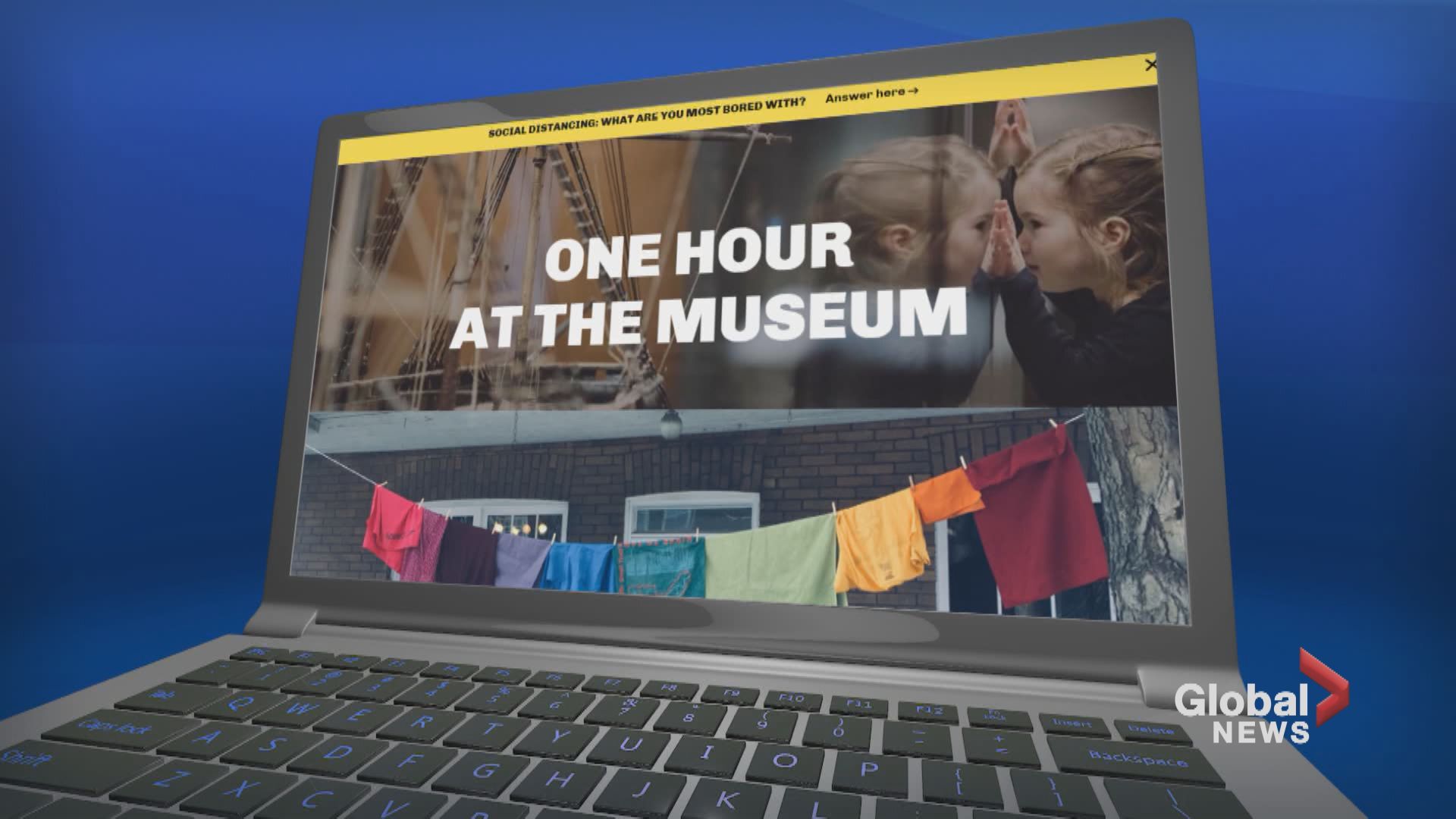What is a ventilator, and why do some coronavirus patients need one?

Treating patients with severe cases of the novel coronavirus disease often requires the use of ventilators — a piece of equipment that’s in short supply in some global hot spots.
But what exactly do ventilators do, and why are they so important in treating COVID-19 patients?
Ventilators deliver oxygen to the lungs, which is an important part of treating severe coronavirus cases, said Dr. Azad Mashari, a Toronto-based anesthesiologist and lecturer in the University of Toronto’s department of anesthesia.
The novel coronavirus causes a respiratory infection that can make it difficult for people who have COVID-19 — the disease caused by the virus — to breathe.
“Ventilators are not a treatment, per se, they’re considered what’s called supportive therapy,” Mashari said.
Typically, infections are treated with antibiotics, Mashari said, and ventilators are used to help the body function while underlying problems are treated.
The problem with COVID-19-related lung infections, however, is that there are currently no known effective treatments, said Dr. Joseph Fisher, a senior scientist at the Toronto General Hospital Research Institute and co-founder of Thornhill Medical.
This means ventilators are used to help people breathe while health-care workers treat symptoms and hope they recover from COVID-19.
How do ventilators work?
Ventilators are mainly used in intensive care medicine and emergency medicine but are also used when a patient undergoing surgery is heavily anesthetized.
There are two main types of ventilators, Mashari said: non-invasive ventilators and invasive ventilators.
Invasive ventilators are connected to an endotracheal tube — a plastic hose that goes in through the mouth and into the trachea (windpipe). Those are the ones often being used to treat the most severe COVID-19 cases.
“The ventilator pushes a volume of gas equal to the size of breath in, that goes into the lungs, oxygen gets absorbed, carbon dioxide comes into the lungs and then that volume comes out back to the ventilator,” Mashari said.
[ Sign up for our Health IQ newsletter for the latest coronavirus updates ]
“The ventilator gets rid of that gas and pushes new gas in.”
For patients with milder cases of COVID-19, oxygen delivered through non-invasive means, like a face mask, may be enough. But for patients whose lungs are severely affected, they often need both high levels of pressure and oxygen, Mashari said.
“If your lungs are in really bad shape, not only do you need extra oxygen but that effort of breathing becomes overwhelming,” he said.
In another Seattle-area study, researchers looked at 24 patients admitted to the intensive care unit with severe acute respiratory syndrome from COVID-19 and found half died between Day 1 and Day 18.
Why are ventilators in short supply?
COVID-19 can require patients to be on ventilators for significant periods of time, meaning a hospital can only accommodate so many patients at once.
Mashari also said that depending on the hospital and the kind of work they do, there may only be a few ventilators on site.
“A hospitals that does, say, primarily orthopedic surgery or relatively small or medium general surgery, they may not have as many ventilators outside the operating room,” he said.
“Community hospitals in more remote, rural areas, they may not be doing much surgery at all. So they would often have a couple of ventilators for emergencies.”
Plus, ventilators are expensive pieces of machinery to maintain, store and operate. They also require ongoing monitoring by health-care professionals.
For patients suffering from COVID-19, their condition can be unstable and rapidly changing, requiring the ongoing attention of nurses or respiratory therapists.
“Monitoring is everything because you’re basically walking on a tightrope,” Fisher said.
“You need to give oxygen but you can give too much; you need to have pressure but you can have too much. So we need to know when to stop and what the optimum level of all the various ventilator parameters are.”
Questions about COVID-19? Here are some things you need to know:
Health officials caution against all international travel. Returning travellers are legally obligated to self-isolate for 14 days, beginning March 26, in case they develop symptoms and to prevent spreading the virus to others. Some provinces and territories have also implemented additional recommendations or enforcement measures to ensure those returning to the area self-isolate.
Symptoms can include fever, cough and difficulty breathing — very similar to a cold or flu. Some people can develop a more severe illness. People most at risk of this include older adults and people with severe chronic medical conditions like heart, lung or kidney disease. If you develop symptoms, contact public health authorities.
To prevent the virus from spreading, experts recommend frequent handwashing and coughing into your sleeve. They also recommend minimizing contact with others, staying home as much as possible and maintaining a distance of two metres from other people if you go out.
For full COVID-19 coverage from Global News, click here.
— With a file from Global News’ Kerri Breen
Source: Read Full Article



